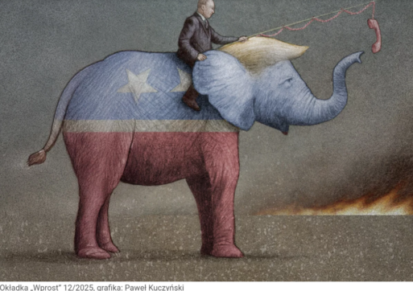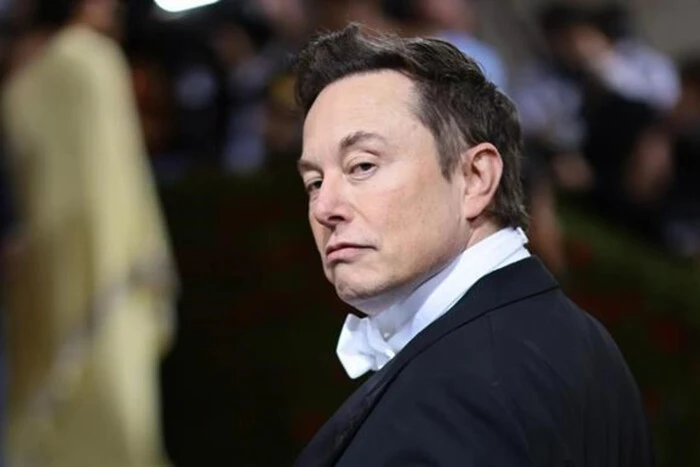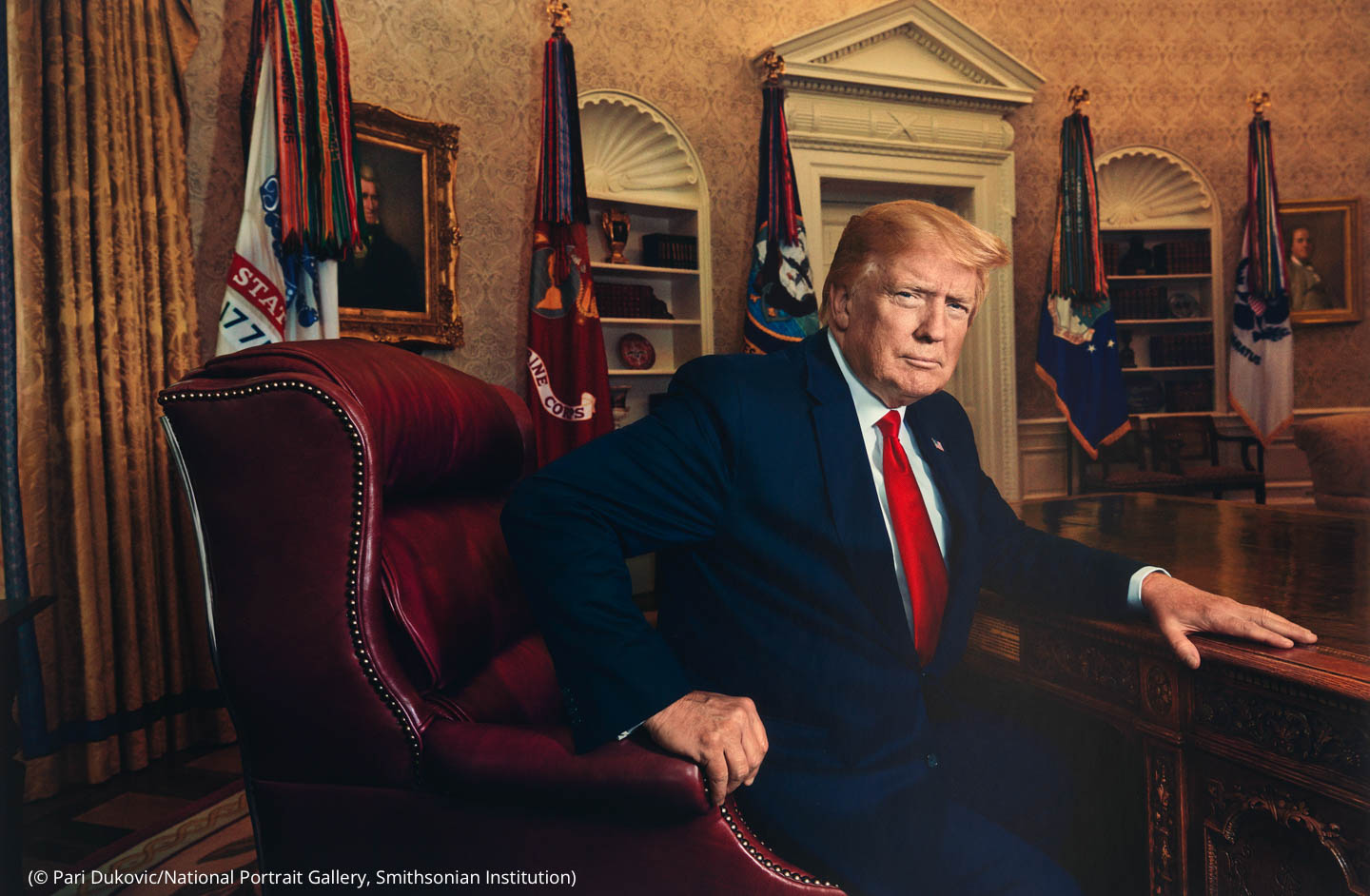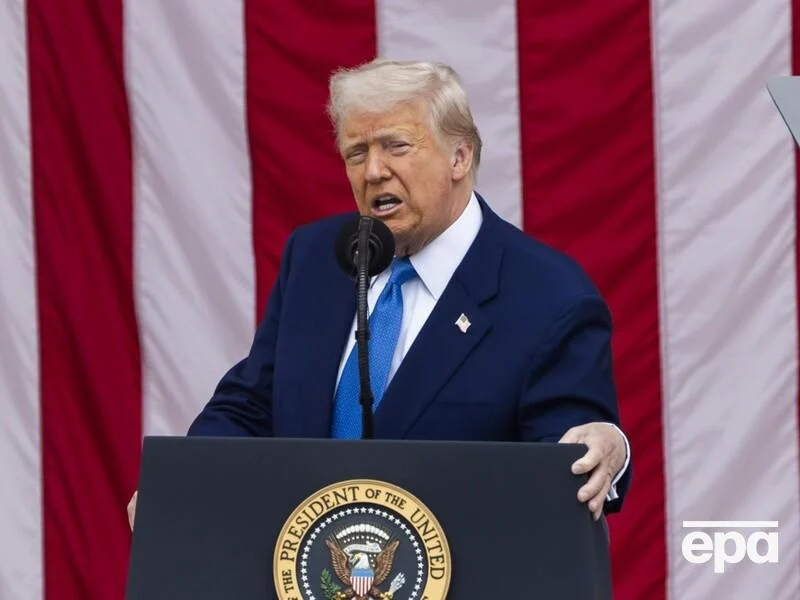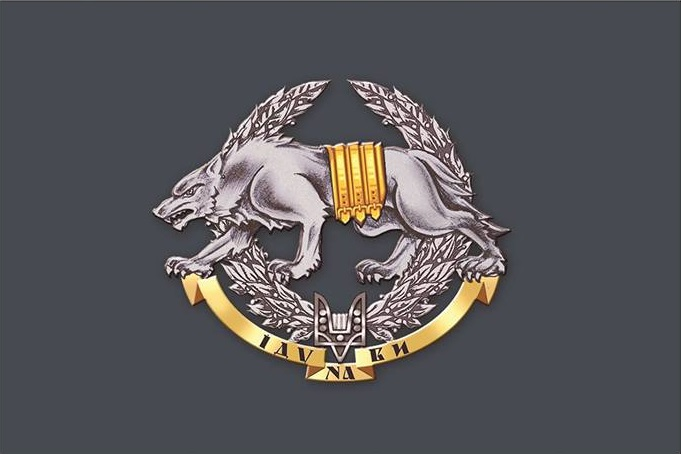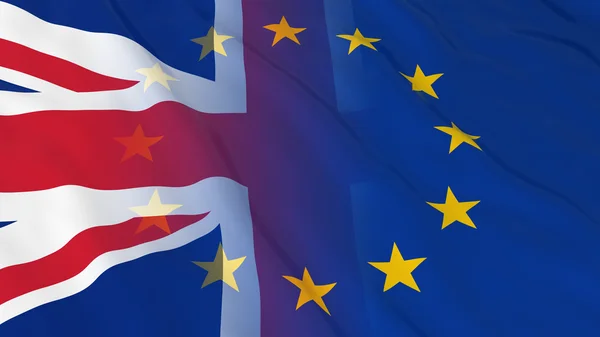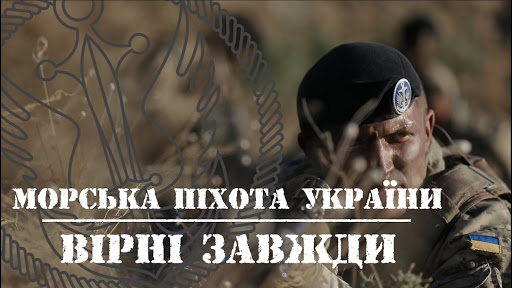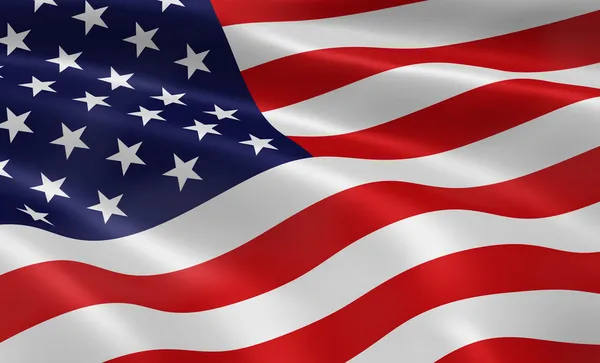In a world where diplomacy is often conducted behind closed doors, the United States has put a proposal on the table that has left Ukraine shuddering and Europe thinking. The new “peace plan” to end the war in Ukraine, announced by Washington at closed-door talks in Paris, proposes to freeze the conflict by leaving the occupied territories under Russian control, ease sanctions against Moscow, and permanently close NATO’s doors to Kyiv. This plan, promoted by the Trump administration, is being called “pragmatic”. But for Ukraine, it sounds like an ultimatum, and for the world, it sounds like a dangerous precedent. Will this initiative be a path to peace or just another act in the game of great powers, where Ukraine risks becoming a bargaining chip?
Paris shock: what Washington is offering
According to Bloomberg, the plan was presented during secret talks in Paris with the participation of US Secretary of State Marco Rubio, senior officials from France, Germany, the UK and Ukraine. Its key points sound like a page out of the Kremlin’s playbook:
- Freezing the war on the current front lines, which means de facto recognition of Russian control over Crimea and parts of Donetsk, Luhansk, Zaporizhzhia and Kherson regions.
- Ukraine’s refusal to join NATO as a “compromise” to appease Moscow.
- Easing of sanctions against Russia, which could open the way for economic cooperation between the West and Russia, particularly in the energy and trade sectors.
This initiative, according to sources, reflects Trump’s vision of a quick end to the war in order to focus on domestic US challenges and show voters a foreign policy triumph. The president’s emissary, Steve Witkoff, who previously held talks with Putin in St. Petersburg, even talked about the “five territories” and the possibility of resuming US-Russian trade after the agreement.
But behind the scenes of this “pragmatic” rhetoric lies the reality: the plan actually legitimises Russian aggression, ignoring the principles of international law and Ukraine’s sovereignty.
Kyiv: “This is not peace, this is surrender”
Ukraine’s reaction was swift and sharp. President Volodymyr Zelenskyy called the American proposal “the spread of Russian propaganda” and accused Wittkoff of exceeding his authority.
“Our land is not a subject of bargaining. We will not allow anyone to decide the fate of Ukraine without Ukraine,” Zelenskyy said in his address to the nation.
Kyiv insists that the only basis for negotiations can be the Peace Formula, which provides for the complete withdrawal of Russian troops, the restoration of 1991 borders, and bringing the aggressor to justice. The US plan, according to Ukrainian officials, not only contradicts these principles, but also risks undermining trust in the US as a key ally.
Europe: split or unity?
The European allies, who have supported Ukraine for years with weapons, money and sanctions against Russia, find themselves in a delicate situation. The UK and Germany, which provide critical military aid to Ukraine, have expressed deep scepticism about the proposal.
“Any decision that rewards aggression will only fuel new conflicts,” the British diplomat said on condition of anonymity.
France, known for its propensity for diplomatic compromise, has taken a more cautious stance, calling for a “broader dialogue” that takes into account Kyiv’s position. Behind the scenes, however, European leaders acknowledge that pressure from Washington is threatening Western unity. Without Ukraine’s consent, any plan is doomed to failure, but Europe is in no hurry to openly confront the United States.
Moscow: a triumph or a trap?
As usual, the Kremlin is playing a double game. On the one hand, Moscow declared its “readiness for dialogue” and acknowledged that the talks were “difficult”. On the other hand, Putin’s spokesman Dmitry Peskov accused the West of “escalation” and “militarisation of Ukraine”.
For Russia, the US proposal is a triumph. The legitimisation of the occupied territories and the easing of sanctions are exactly what Putin has been seeking for years. But Moscow is in no hurry to agree, hoping to squeeze even more concessions out of the negotiations.
Deadline and rates
Marco Rubio stressed that a decision on the plan should be made “within days, not weeks”. The next round of talks is scheduled for London, but the parties’ positions remain irreconcilable.
For Trump, this plan is a chance to present himself as a peacemaker who “stopped the war”. For Europe, it is a test of its ability to defend its principles in the face of American pressure. For Ukraine, it is a struggle for survival, where every step can be decisive.
Why is this important?
The US proposal is not just a diplomatic manoeuvre. It is a moment of truth for the Western world. If implemented, the plan would not only undermine the credibility of the US as a security guarantor, but also set a precedent: aggression can be rewarded if the aggressor is patient enough.
For Ukraine, the stakes are even higher. Concessions to Russia would mean not only the loss of territory, but also a blow to the national identity that crystallised in the struggle for freedom. Kyiv has already proved that it is capable of resisting Russia’s military machine. The question is whether it will be able to withstand diplomatic pressure from its allies.
What’s next?
As diplomats prepare for the London talks, the world is holding its breath. Will Ukraine succeed in convincing the West not to make concessions? Will Europe be able to find a balance between supporting Kyiv and putting pressure on Washington? And is Trump ready to go all-in if his plan fails?
One thing is clear: this “peace” is not about justice. It is about whether the West is ready to sacrifice principles for peace – and whether Ukraine is ready to pay for this peace with its freedom.
Author : Marianna Nyzhnia

